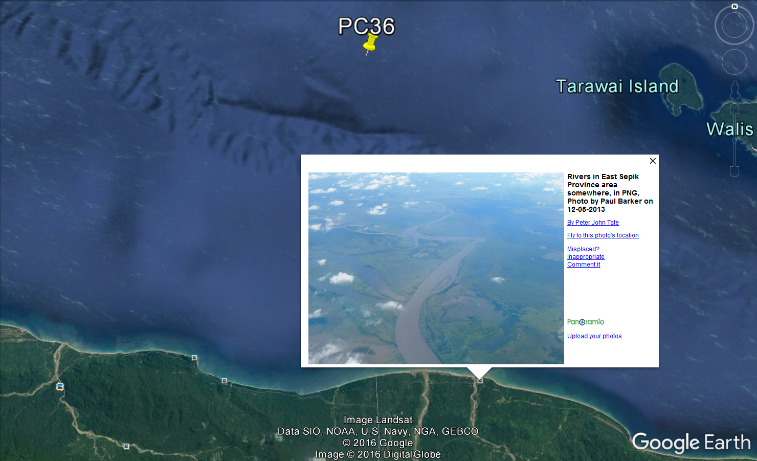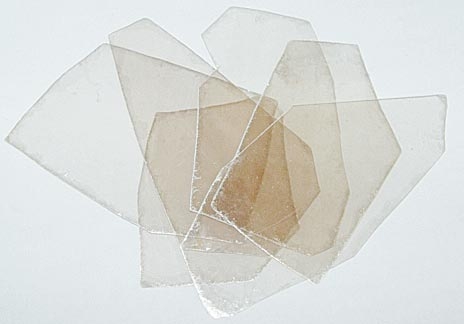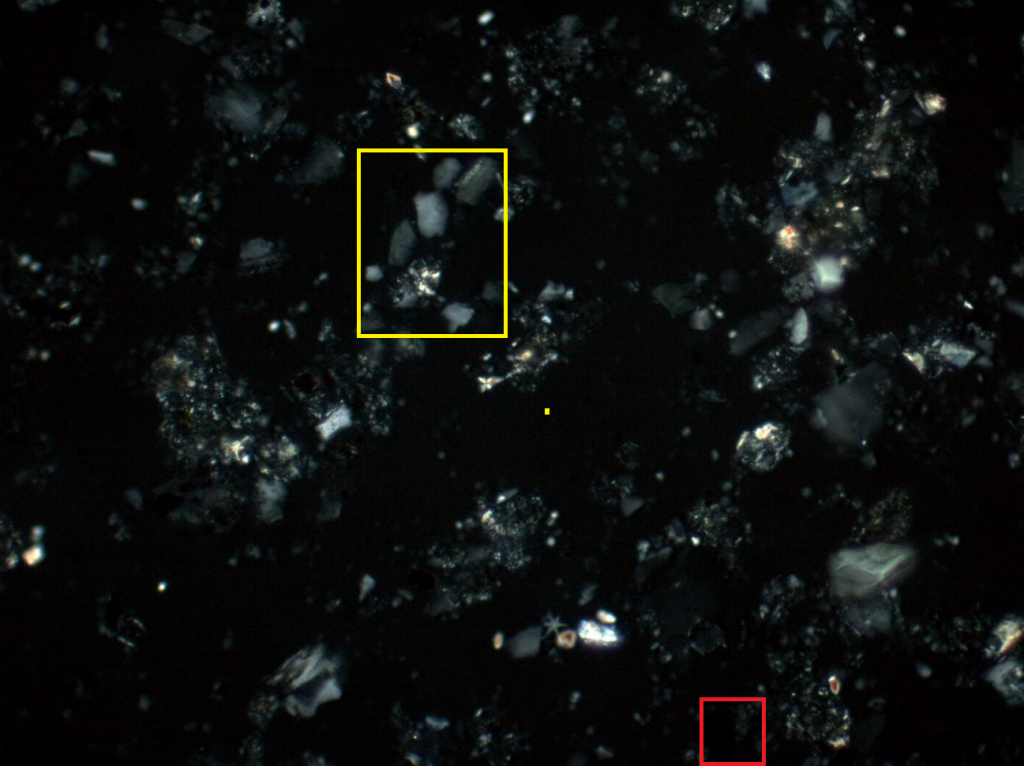In previous posts we have discussed deep-sea sediments that are rich in skeletal debris. Now we will focus on a site that is abundant in siliciclastic material. Piston core 36 (PC36) is a site located adjacent to the Western Sepik River at a water depth of 903 m. The sample we will be focusing on was collected at a subsurface depth of 139-140 cm. Its close proximity to the delta may the source of such terrigenous material.
The amount of sediment a river can transport changes over time, therefore, sediments found at varying depths can reveal changes in precipitation. Change in precipitation is a result of climate change, and as climate changes so do the environments that are in the region! A comparison of siliciclastic material will be addressed in an upcoming post where we will look at another sample from PC36, but at a subsurface depth of 218-219 cm. Siliciclastic rocks are non-carbonate sedimentary rocks that are almost exclusively silica bearing. They are terrigenous material, derived from erosion or weathering of land-based rocks, transported by wind or water. Common siliciclastic minerals are quartz, feldspars, micas, and heavy element minerals.
The images above highlight a common sheet silicate mineral, known as a mica. Its platy texture is easily distinguishable on the adjacent minerals in the lower and upper left corners. This platy texture is the result of basal cleavage; minerals in the mica group have one cleavage plane and can be peeled into perfect thin sheets. Mica formations are generally associated with volcanoes and hydrothermal vents. Several of the brighter minerals scattered across the surface of the mica are calcite (CaCO3) crystals.
As expected the sediment from PC36 is highly siliciclastic (yellow), but contains very few quartz crystals, in PPL (right) and XPL (left). Samples containing quartz are very stable and mature sediments. Therefore, this sample appears to be freshly deposited given its immature mineral assemblage. This supports the hypothesis that this sediment may have been transported from land by the Sepik River. This sample also contains a fair amount of opaque (red) minerals. Opaque minerals prevent light from passing through and commonly contain iron oxides and sulpihides. It is apparent that this sediment contains minimal skeletal debris as compared to previous sediments we have looked at. For comparison, see the previous post regarding PC23.






